Toulouse-Lautrec’ s works: the most beautiful masterpieces
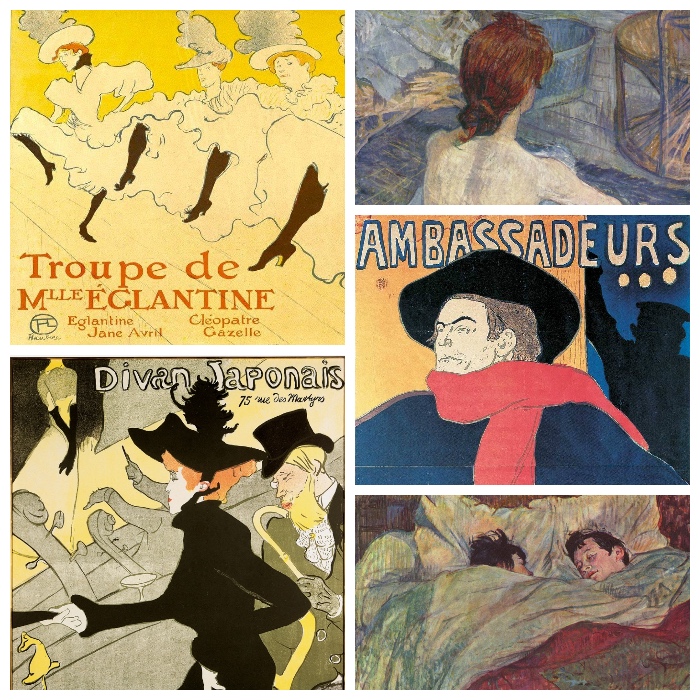
TOULOUSE-LAUTREC’ S WORKS: THE MOST BEAUTIFUL MASTERPIECES
Toulouse-Lautrec’s works renovated the genre of advertising posters of the late 19thcentury.
Henri de Toulouse-Lautrec was one of the most sought-after illustrators and drawers in Paris in the late 19thcentury.
He was commissioned to create advertising posters for stage shows, ballets and performances at the nightclubs and illustrations for important magazines of that time.
Toulouse-Lautrec’ s works
The works of Toulouse-Lautrec and his drawings, inspired by Japanese ukiyo prints and the Edo period (between the 17th and 20th centuries), depict many aspects of Parisian life and helped popularize the language of the late 19th-century avant-garde.
1 – Henri de Toulouse-Lautrec , La Troupe de Mademoiselle Églantine (Mademoiselle Églantine’s Troupe). 1896. – MoMA The Museum of Modern Art , New York.
Toulouse-Lautrec introduced innovations in the second half of the 19thcentury.
He portrayed dancers and artistsin the affiches, that is to say in the advertising posters, in a new way.
Toulouse-Lautrec developed a new style by using intense and bright colours and schematic lines and making the posters visible from afar and easy recognizable.
But he not only renovated the style of affiches, but he also put in the composition some subjects, that is a world vision describing all the changes taking place in that period.
Society, role of women, technology are all typical features of his works and which became the “manifesto” of an epoch.
2 – Henri de Toulouse-Lautrec, “La Toilette” (1889) – Musée d’Orsay
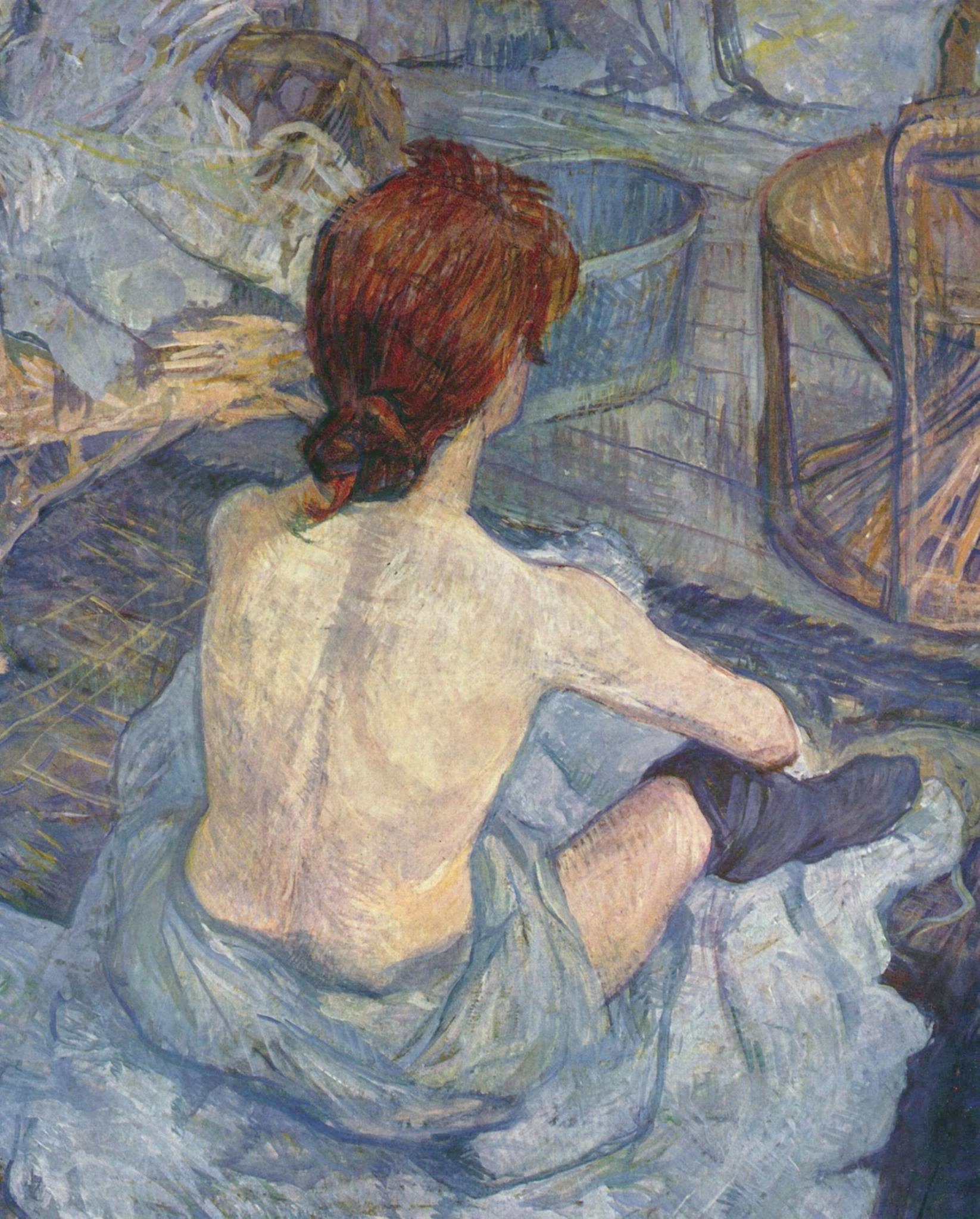
Henri de Toulouse-Lautrec , Rossa, conosciuto anche con il titolo di “La Toletta” (1889) – Musée d’Orsay
Toulouse-Lautrec’s works depicted the Parisian nightlife but especially women.
At that time the theme of a woman at her toilet was often treated by artists, but in Lautrec’s works the representation is natural and the framing resembles Degas’ paintings.
Both Lautrec and Degas look at women as they are, and don’t try to make them different or more beautiful, but they observe them with gentleness.
According to critics, this is the painting Lautrec exhibited in the Exhibition of Les XX in Brussels in 1890 under the title “Rousse”.
3 – Henri Toulouse-Lautrec, Ambassadeurs, Aristide Bruant (1892).
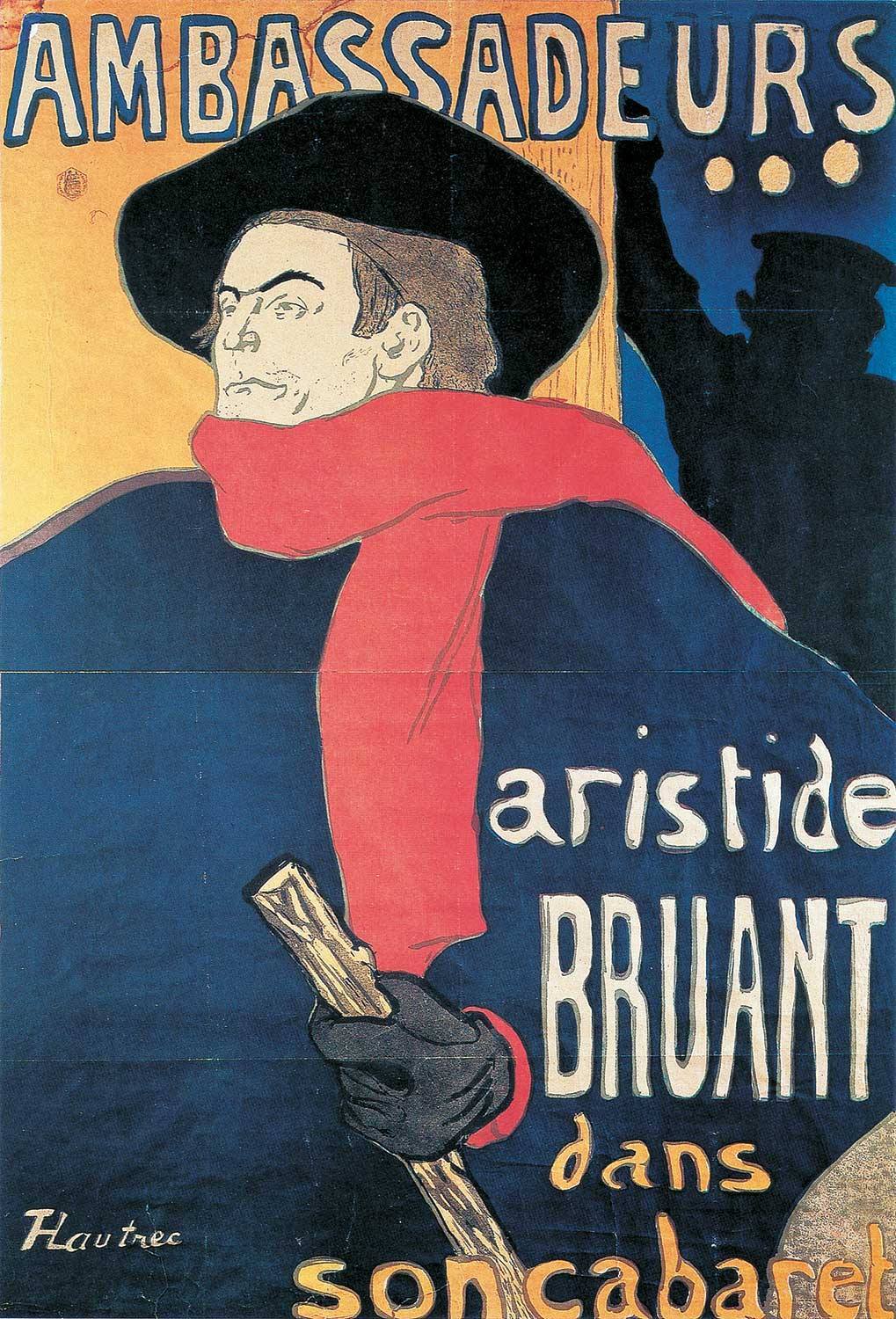
Henri Toulouse-Lautrec, Ambassadeurs, Aristide Bruant (1892).
Toulouse-Lautrecpainted hisworksin a time when many artists were fascinated by Japanese art.
But Toulouse-Lautrec wasn’t interested in the landscapes of Japanese prints, but rather in the colours without shades and the untraditional glimpse of the scenes.
Those themes would become an essential part of his art and would result in a unique style and are evident in this famous poster, commissioned by cabaret-singer Aristide Bruant.
Thecolours used by the artist are six: red, yellow, blue, mauve, green and black.
4 – Henri de Toulouse-Lautrec, “Le Lit”(The Bed) – (1893) – Musée d’Orsay
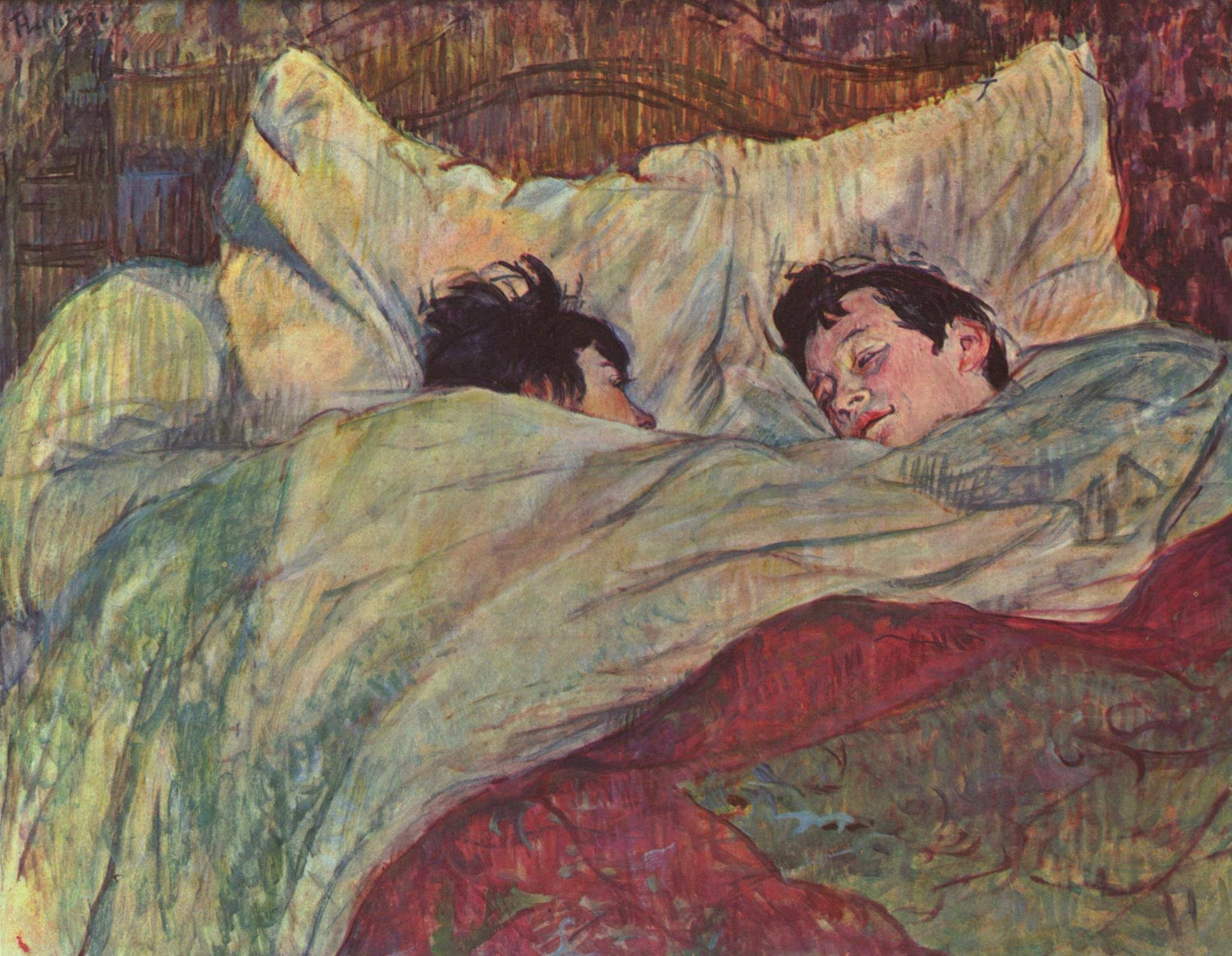
Henri de Toulouse-Lautrec, “Le Lit”(The Bed) – (1893) – Musée d’Orsay
Toulouse-Lautrec’s works are modern.
All you have to do is make a comparison between Toulouse-Lautrec’s posters and those of his contemporaries (to them posters were nothing but simplified reproductions of paintings) to understand the innovation and the strength of communication Toulouse-Lautrec put in his work.
However, Toulouse-Lautrec’s works are also a view of Montmartre, Paris’s infamous quarter, the place where artists coming from all over Europe chose to live.
5 – “Divan Japonais” (1892-1893)
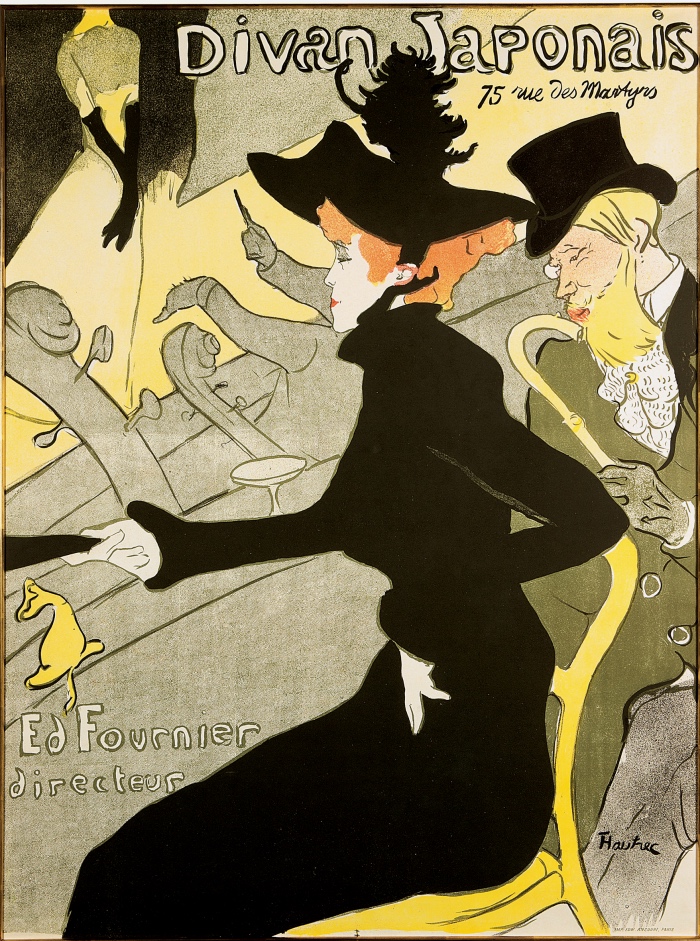
Henri de Toulouse-Lautrec, Divan Japonais. 1893
Color Lithography, 80,8×60,8 cm © Herakleidon Museum, Athens Greece
Among Toulouse-Lautrec’s worksthis is maybe the most successful one.
Painted for a nightclub decorated in Japanese style with painted silks, lacquer furniture and bamboo chairs.
The artist depicts the singer of the Moulin Rouge Yvette Guilbert, recognizable by her distinctive black gloves, while Jane Avril (the most famous dancer of the Moulin Rouge) wearing a black dress and sitting next to the music critic Dujardin occupies the foreground of the poster.
This is the work in which Toulouse-Lautrec put all characteristic features of the Parisian nightlife and its protagonists.
Follow me on:
About me
In this blog, I don't explain the history of art — I tell the stories that art itself tells.


